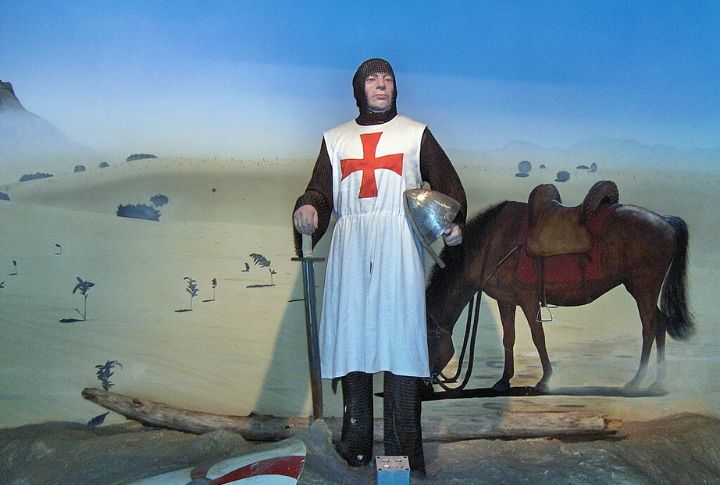
The world is filled with untold stories, but few are as compelling as those of secret societies. Their symbols appear in architecture, their legacies are whispered through generations, and their influence is impossible to ignore. Some were formed for protection, others for power. History has tried to erase them—now, let’s bring these 10 to light.
Skull And Bones
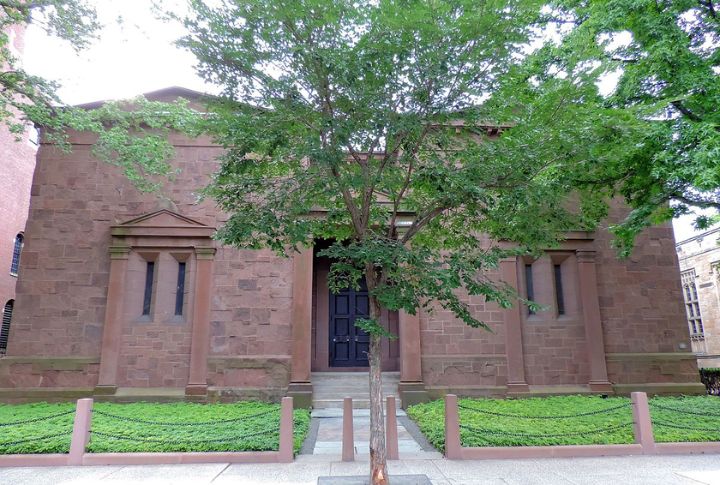
Founded in 1832 at Yale University, Skull and Bones swiftly became synonymous with elite power and secrecy. Inside “The Tomb,” members engage in mysterious rituals bound by an oath that lasts a lifetime. Rumors persist that members stole Geronimo’s skull, while some suspect their deep ties to CIA recruitment.
Bilderberg Group
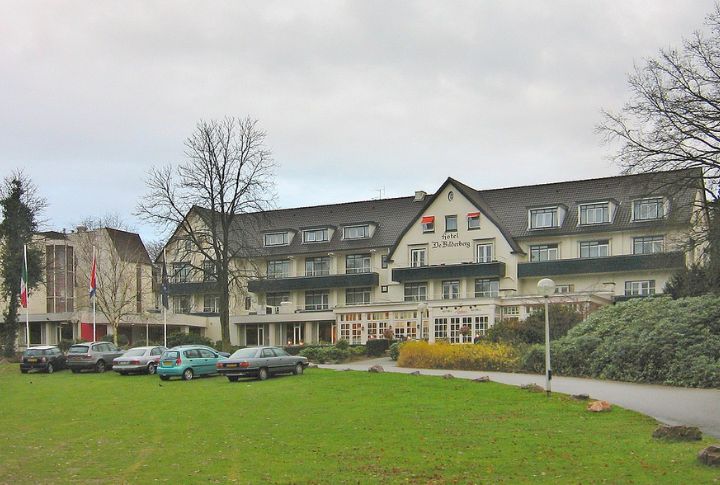
Established in 1954, this highly exclusive annual meeting gathers the world’s most influential figures. Since no media coverage or official transcripts exist, theories abound that it secretly guides global policy. Notably, past attendees such as Bill Clinton and Henry Kissinger fuel speculation about decisions made far from public scrutiny.
Ordo Templi Orientis

This esoteric group, shaped by occultist Aleister Crowley, blends mysticism and sexual magic in its rituals. Created in the early 20th century, it promises hidden knowledge to those who commit to its teachings. Crowley’s infamous “adoration of the phallus” shocked many, making its legacy both intriguing and unsettling.
The Illuminati
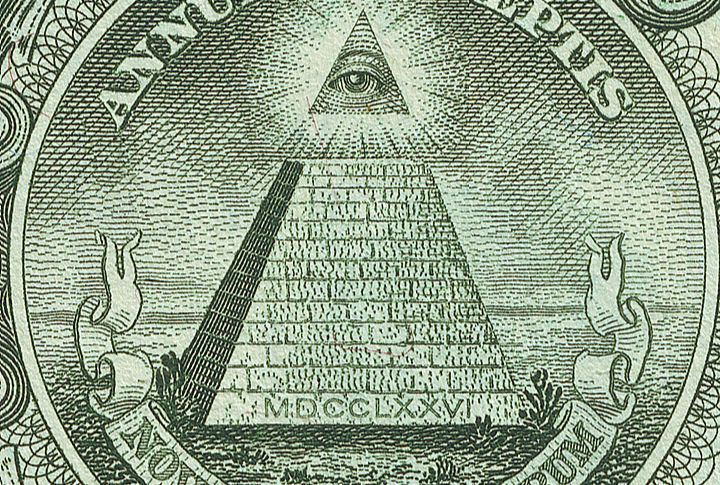
Once a real Bavarian organization in 1776, the Illuminati promoted enlightenment ideals before vanishing into history. Yet, its name refuses to fade, inspiring theories that it secretly controls world governments. Pop culture fuels its legend, appearing in music, books, and whispers of powerful hands pulling unseen strings.
Freemasons
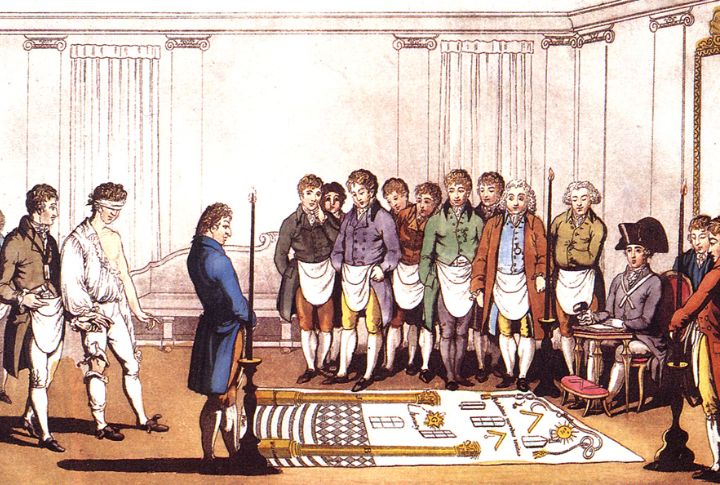
One of the oldest secret societies, the Freemasons emerged in the Middle Ages and later counted Founding Fathers among their ranks. Their symbolic handshakes and rituals hint at a legacy of concealed wisdom. Washington, D.C.’s layout reportedly follows Masonic principles, suggesting their influence in U.S. history.
The Priory Of Sion
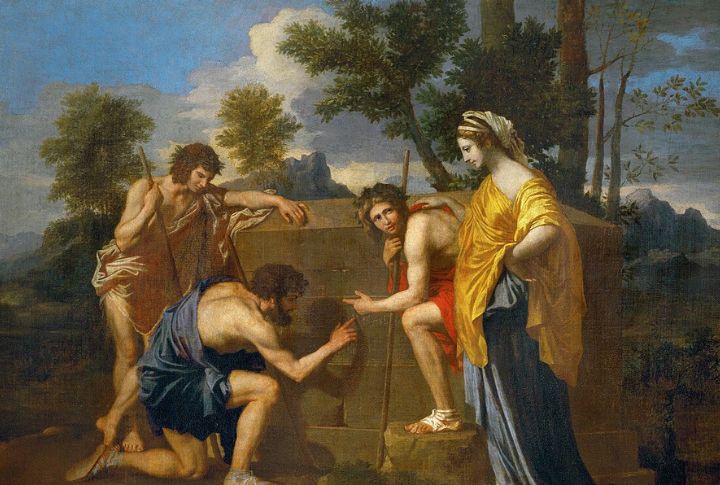
Some claim this shadowy group, allegedly formed in 1099, protects the bloodline of Jesus Christ. Skeptics dismiss it as a hoax, yet theories persist. Ever since “The Da Vinci Code” reignited public intrigue, speculation about its ties to the Holy Grail has surged.
The Rosicrucians

Emerging during the 17th century, this secretive order blends alchemy and spiritual Enlightenment. Some believe it helped shape the Enlightenment, influencing the works of great thinkers and intellectual movements. Even more intriguing, its cryptic symbols appear in corporate logos, subtly embedding its mystique into the modern world.
The Thule Society
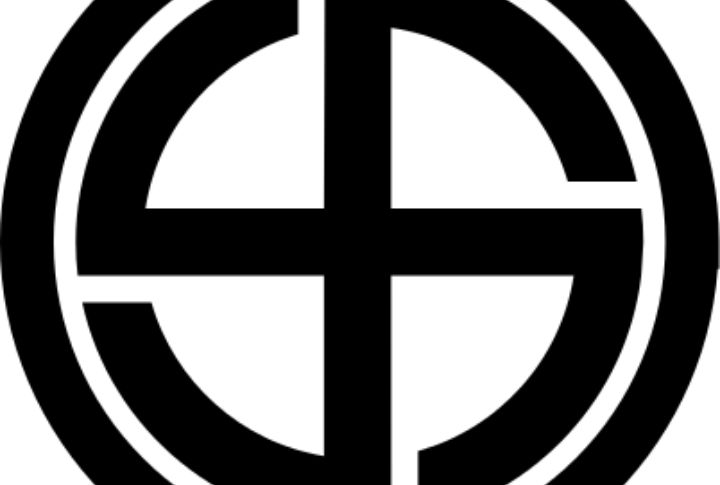
The Thule Society is a German occult group that fueled ideas of Aryan mysticism, which influenced the rise of Nazi ideology. It is believed to have sought supernatural powers, its beliefs meshing with extremist views. However, dissolved, echoes of its controversial past linger, raising unsettling questions about its lasting impact.
The Hermetic Order Of The Golden Dawn
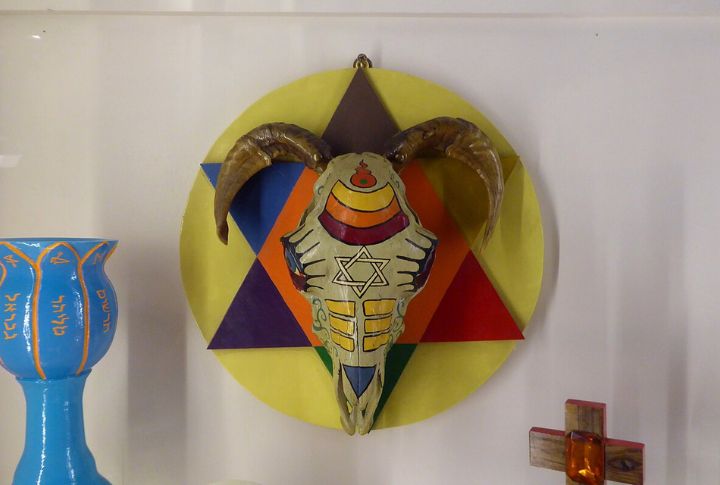
This influential order attracted famous occultists seeking mystical Enlightenment through ritual magic. Its practices, centered around unlocking hidden dimensions of reality, later inspired modern Wicca. Given its deep influence on esoteric traditions, it remains one of the most significant secret societies in history.
The Knights Templar
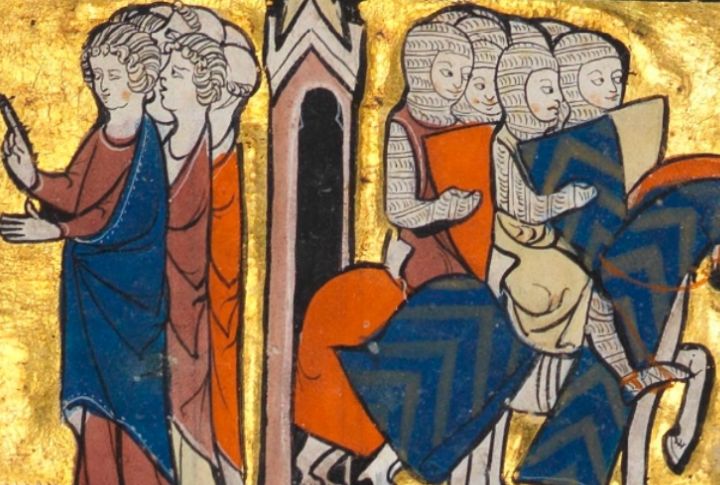
Once protectors of Christian pilgrims, the Knights Templar gained immense wealth and power until their downfall in 1312. Some claim they uncovered the Ark of the Covenant, fueling centuries of speculation about their hidden knowledge. Even today, their legacy lives on within Freemasonry, proving their influence never truly disappeared.

